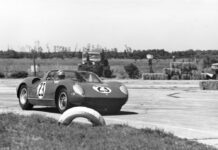The BRM Type 15 was a Formula One racing car of the early 1950s, and the first car produced by BRM. The car was fitted with a revolutionary and highly complex supercharged 1.5-litre BRM V 16 which produced up to 600 hp thanks to it’s ability to spin to almost 12.000 rpm; that was considerably more than any of its contemporaries.
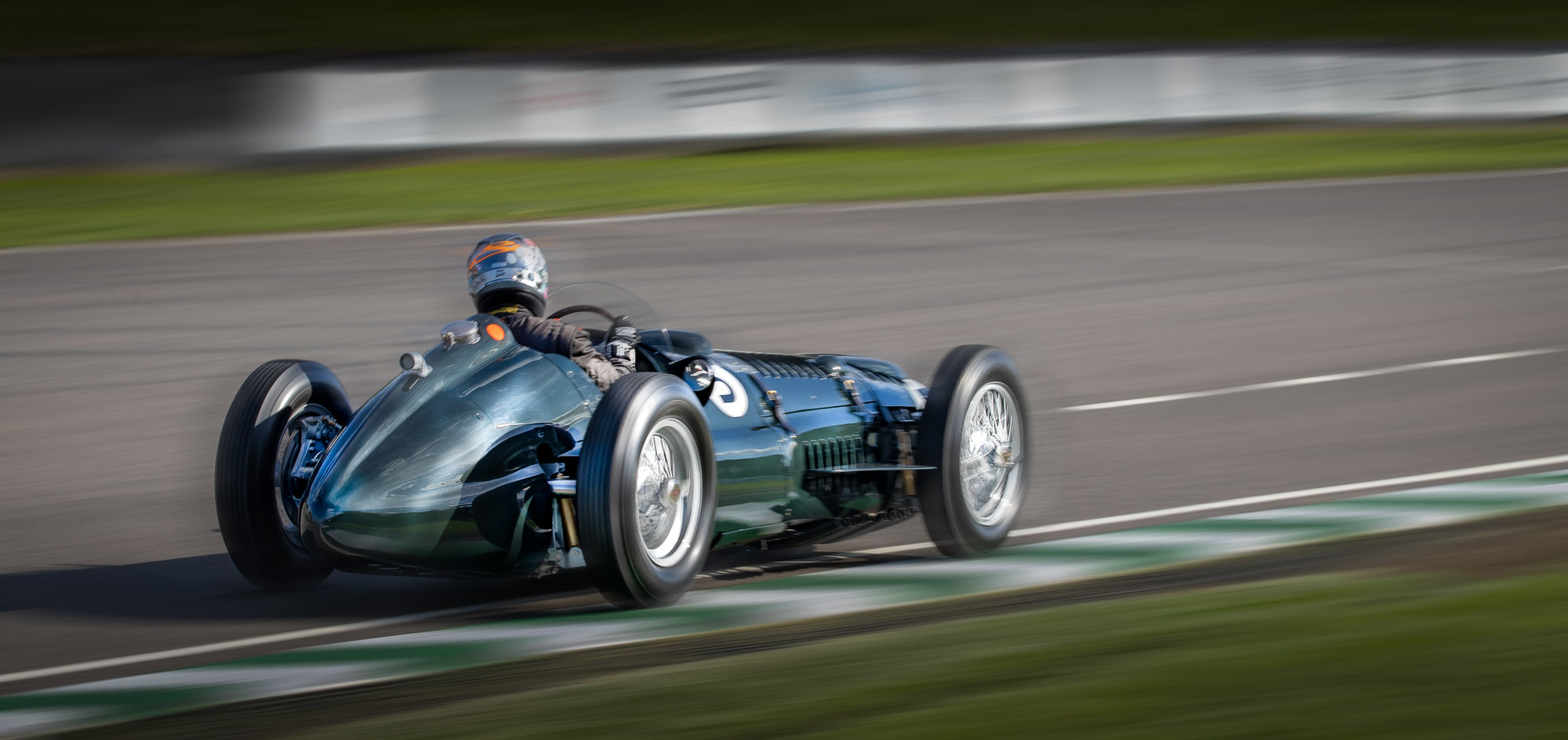
The distinctive noise of the car made it a favorite with crowds wherever it appeared, but the initial unreliability of the car, its inability to live up to the hype that the project’s leading figures had created around it, and the change to Formula Two regulations in 1952 meant the project never achieved the hoped-for level of success on the Grand Prix stage; the car’s complexities meant it had a longer development time than its competitors and was not properly competitive until 1953, where it saw success at non-championship events.
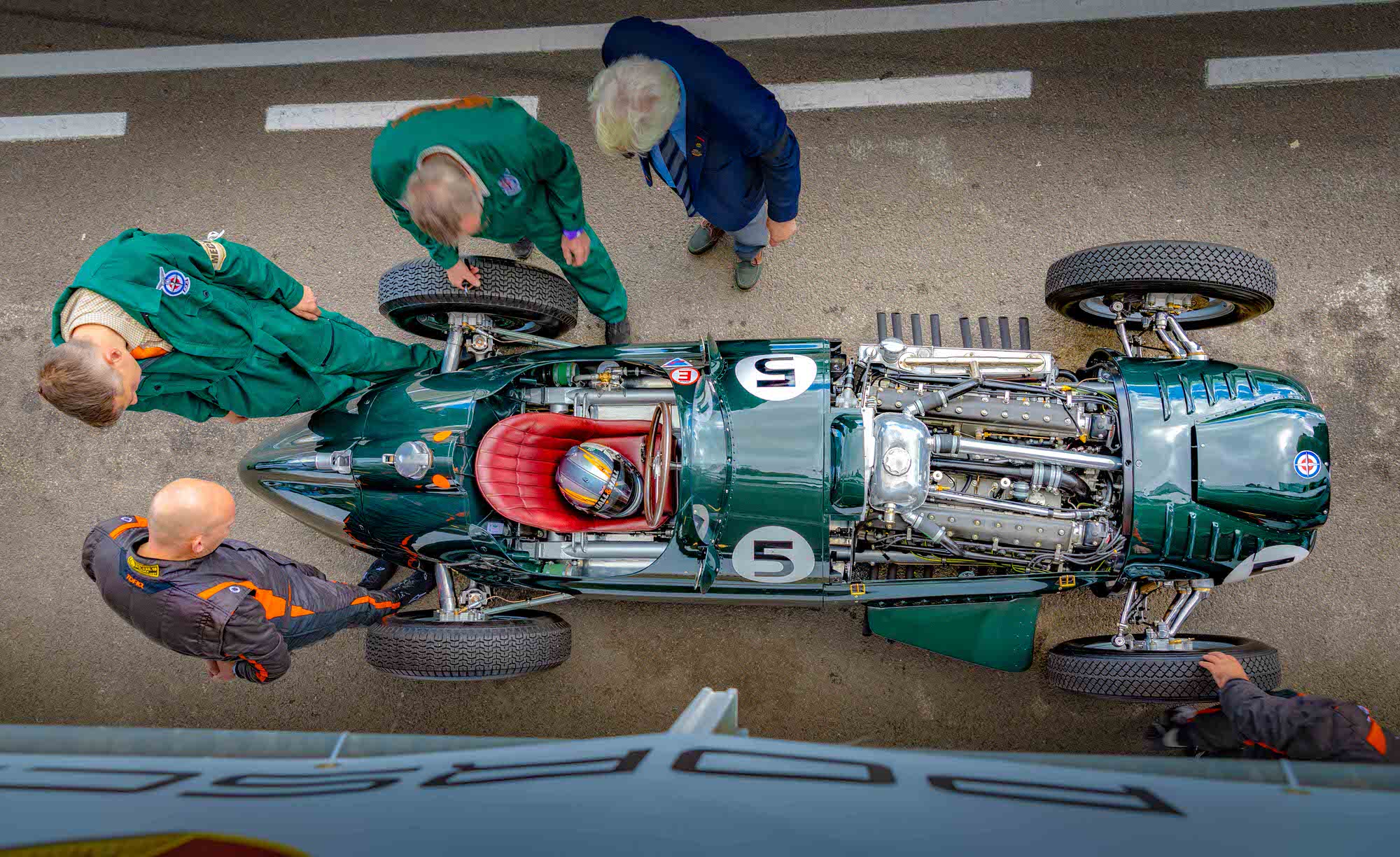
It took almost two years to build in total four P 15. One prototype and three production cars. The prototype was finished in 1949. The car was tested at RAF Folkingham and in a demonstration run at the British Grand Prix 1950 at Silverstone.
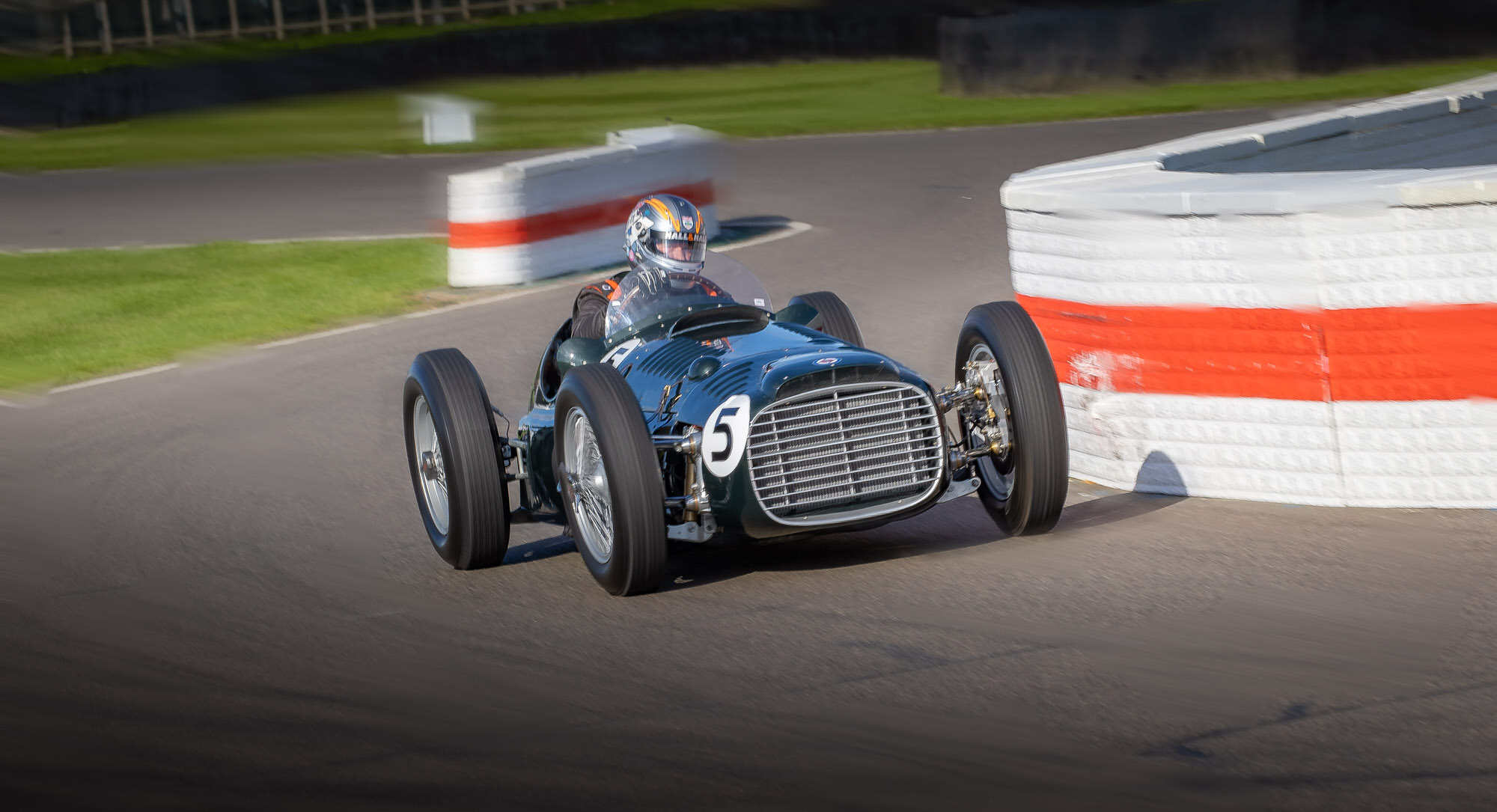
Production car No. 1 was finished in 1950 and was raced regularly till 1953. This car achieved the first win at the Woodcote Cup 1950.
No. 2 was raced till 1954. Ken Wharton damaged her at the Glover Trophy 1954. After that the car was scrapped.
No. 3 was finished in 1952. The car was crashed by driver Ken Wharton in 1953 at the Grand Prix of Albi. The car was dismantled and formed the basis for the first P 30, the successor of the P15.
The prototype still exists and is in the National Motor Museum of Beauly. Car No. 1 exits as well. You can find her in Tom Wheatcrofts Donington Park Museum.
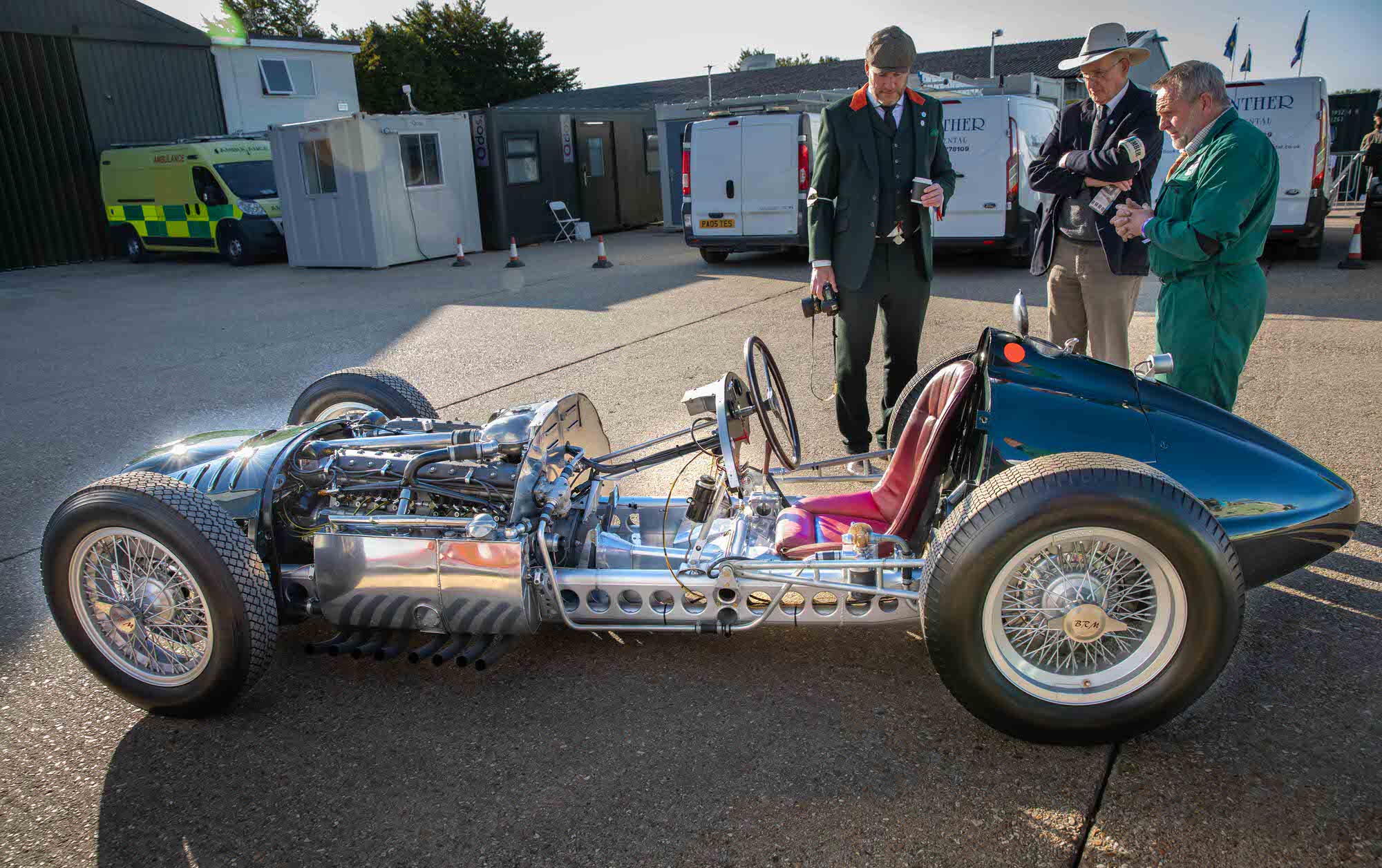
The engine of the P 15 was designed by a team consisting of Peter Berthon , Harry Mundy, Eric Richter, and Frank May. It was conceived as basically two 750cc V 8 engines back-to-back with cam drives and gears in the o-back with cam drives and gears in the centre of the engine. Rolls Royce had been responsible for the design and manufacturing of the two stage centrifugal supercharger and the flame traps for the inlet manifold, used to prevent the highly compressed fuel/air mixture from exploding in a backfire.
The chassis was designed by Rubery Owen, a British engineering company, in the West Midlands.. The gearbox, designed by Harry Mundy, based on the one from the German pre-war 1939 1.5 litre V8 Mercedes Benz W 165 car: part of BRM’s ethos was to exploit German technology that had so recently been used against Britain during World War Two. The rear suspension was also derived from Mercedes-Benz, and trailing arm front suspension from Auto Union. The body panels and styling of the car were designed by Walter Bolgrove of Standard Motors.
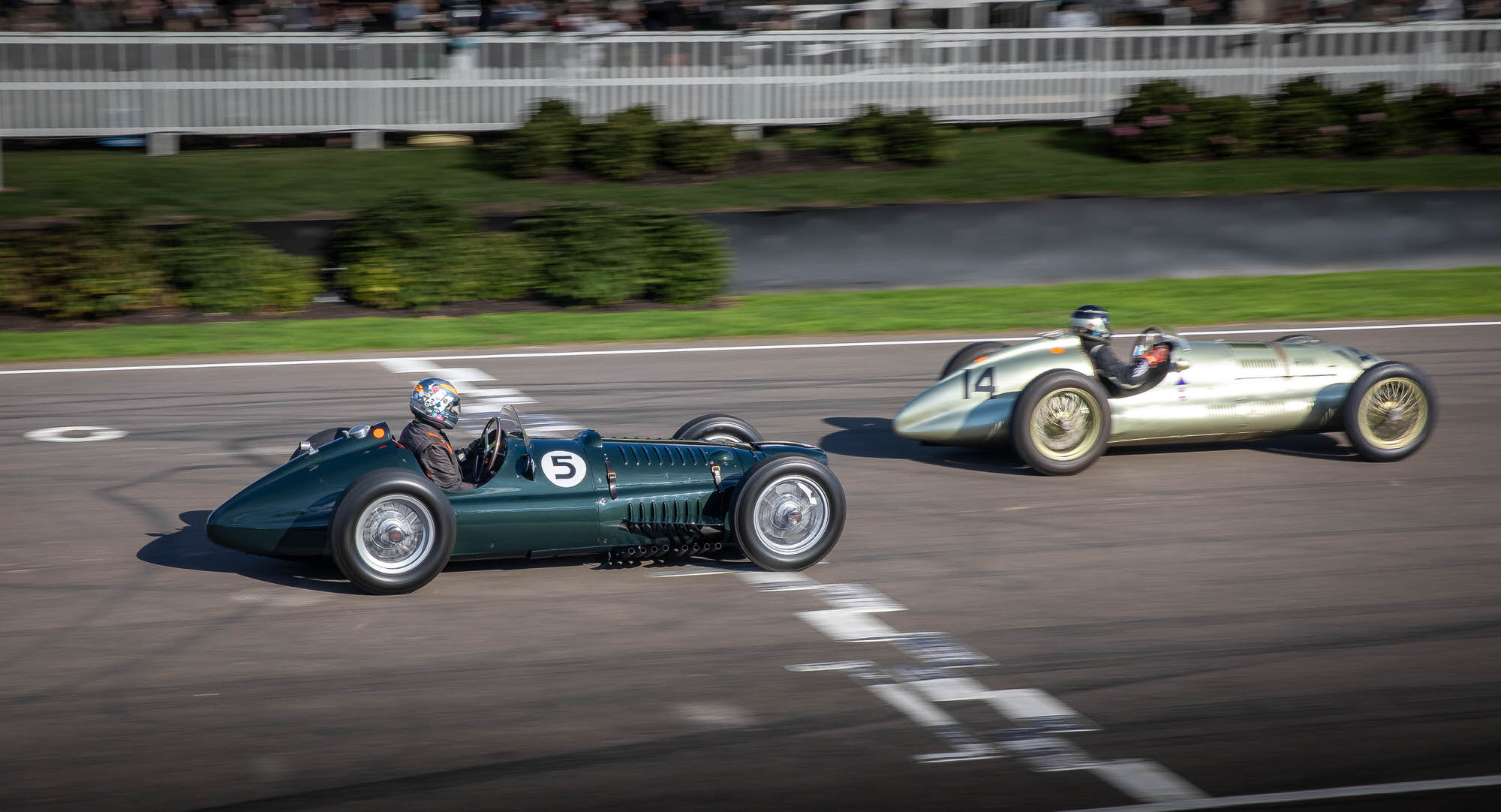
José Froilan González, one of the BRM drivers in these days accidentally over revved the engine of one of the surviving cars in 1999 during BRM’s 50th anniversary celebration at Silverstone. The engine was comprehensively damaged and had remained in storage for 20 years. After many years of storage it was rebuilt by „Hall & Hall“ co founder and former BRM engineer Rick Hall. The rebuilt engine was run on Hall & Hall’s dyno at RAF Folkingham in Linconshire, where the original BRM Formula One Team worked during the 1950s.
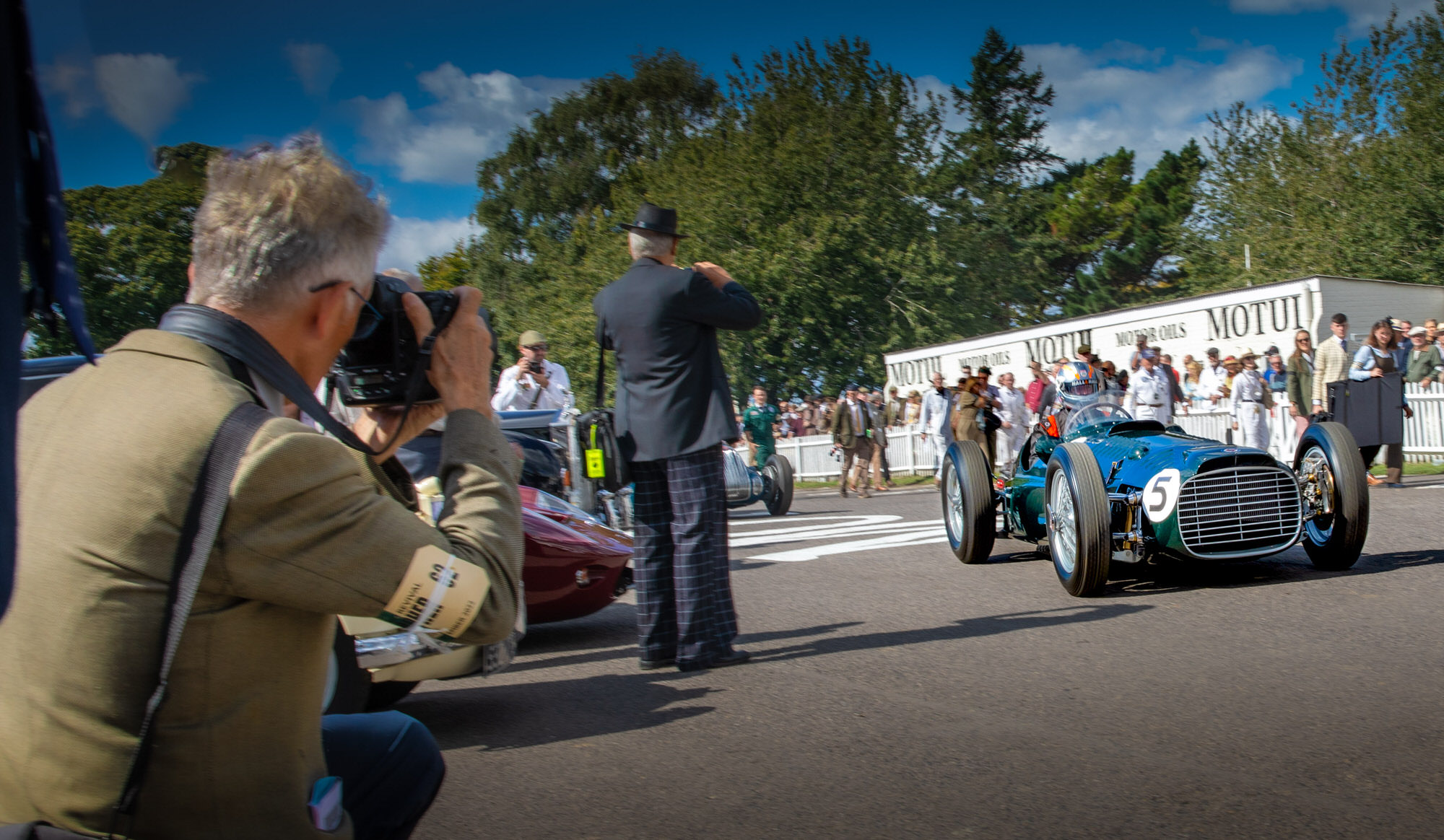
The built of three „new“ examples of the P 15 was prompted by the discovery of three unused chassis numbers, which were originally allocated to the racing program but never built due to the change in the Formula One technical regulations. Hall & Hall had been using period blueprints to recreate each of the 36.000 individual parts that comprise a P 15. The V 16 engine alone is comprised of over 4.000 parts.
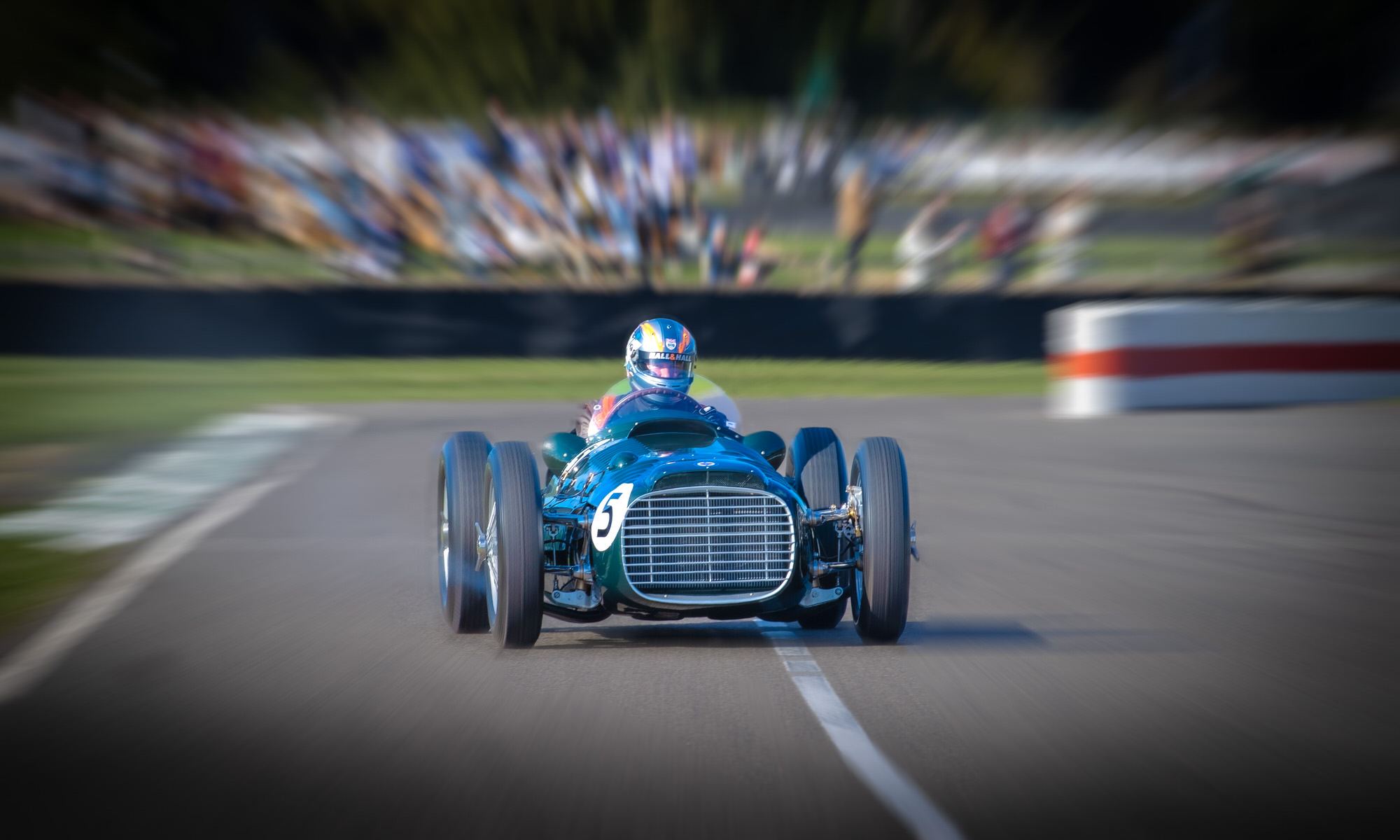
The first „new“ P 15 had been handed over to the son of the original BRM team principal. John Owen. The second is now with Richard Mille, the well known luxury watch manufacturer. The third might be still available at Hall & Hall.
The appearance of the new breathtaking P 15 at the Revival 2022 & 2023 could not be described better than Ed Forster did in his article in the GRRC (Goodwood Road Racing Club) Yearbook 2022:
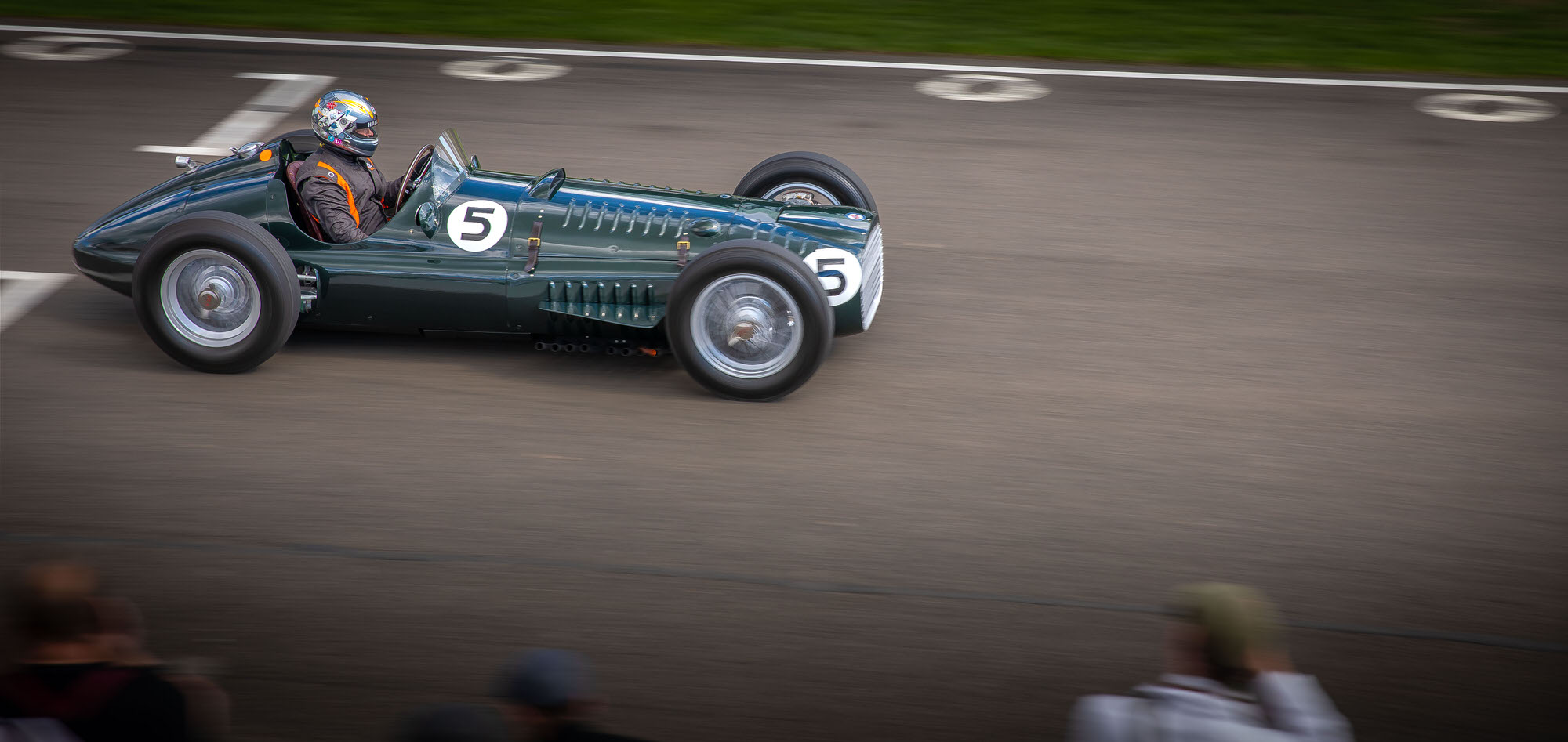
The BRM P 15 recreation from Hall & Hall: One of the highlights of the Revival 2022.
„The 2022 Goodwood Trophy will be remembered for many reasons, chief among them being the return of the BRM √16, 70 years almost to the day since the cars finished 1-2-3 at Goodwood. Only three chassis were built in period, and the car Rob Hall drove was chassis number four- a toolroom copy of those cars, built by Hall & Hall with the blessing of the Owen family. It is a remarkable machine that makes a remarkable noise. Nothing prepares you for just how loud it is, with reports that it was measured at 170 decibels. To put that into perspective, a jet 1 engine comes in at 130, while 140 is marked as „threshold of pain“ on some charts.
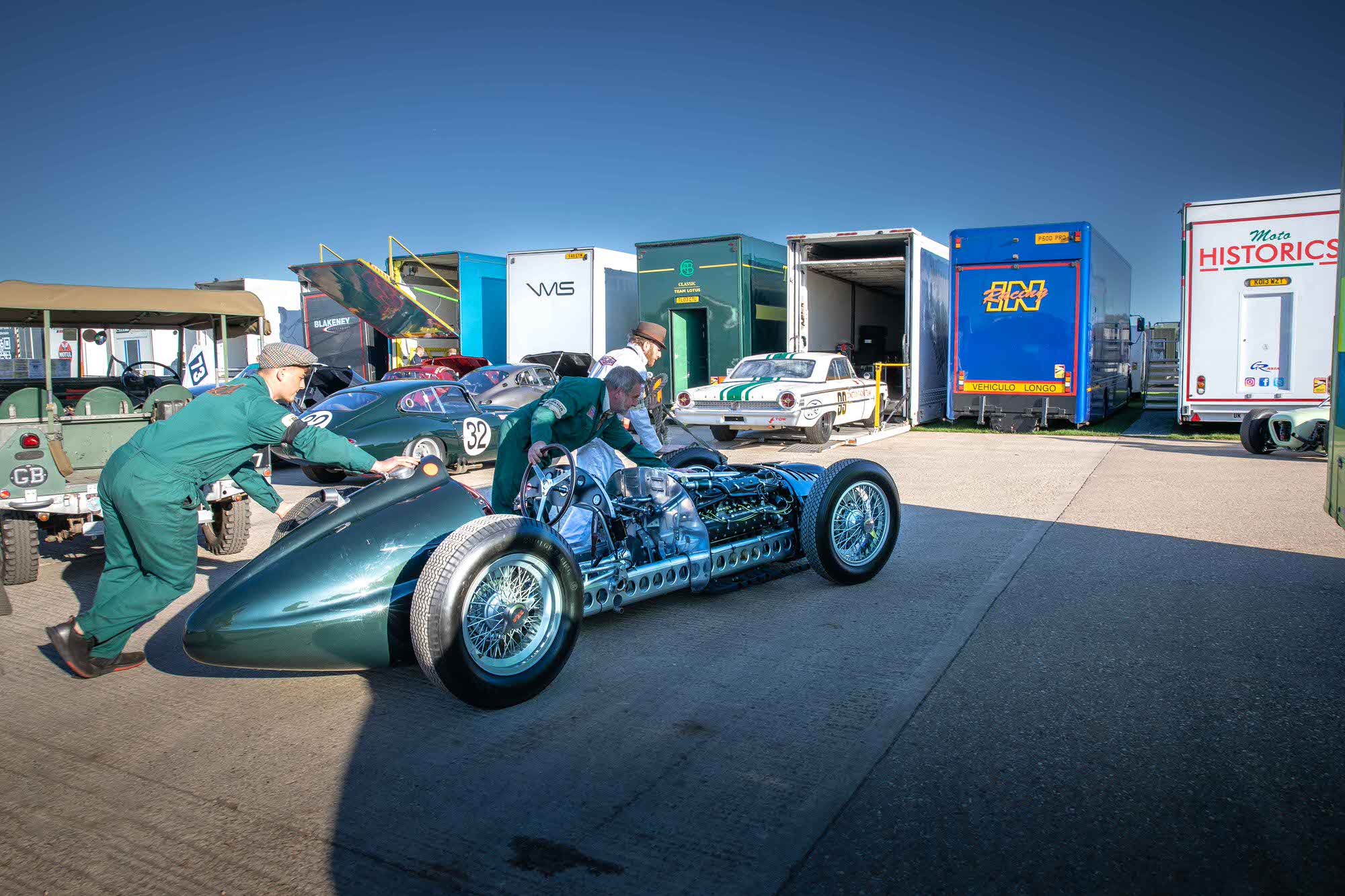
The Revival is a faithful recreation of times gone by, so it was rather fitting that the V16 had problems in qualifying and then retired from the race. Much like in period, the car excelled. …“
Literature sources: Wikipedia, Autosport, GRRC Yearbook 2022



